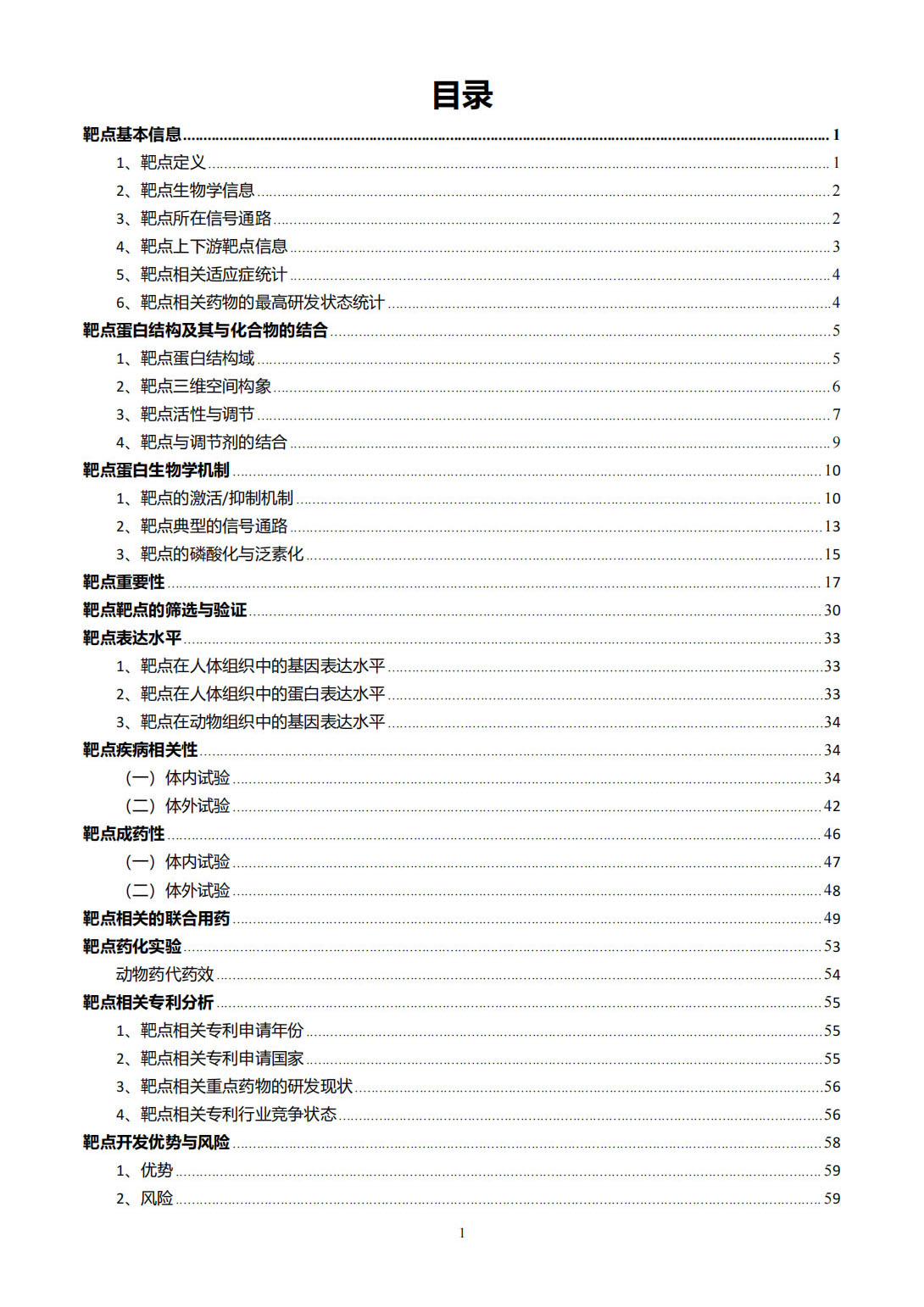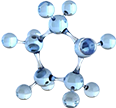MDM2 Target Analysis Report Summary


About the Target
Based on the provided context information, the key viewpoints regarding MDM2 can be summarized as follows:
MDM2 is involved in the repair of DNA double-strand breaks caused by chemotherapy. Chemotherapy-induced double-strand breaks activate kinases that dissociate MDM2 from the MRN complex, leading to MDM2 degradation and facilitating DNA repair through homologous recombination. This process contributes to the acquisition of chemoresistance [1].
In the absence of stress, MDM2 binds to p53 and promotes its degradation, keeping its levels low. However, under stress conditions such as DNA damage, hypoxia, or oncogene activation, the MDM2/p53 complex is disrupted, leading to p53 stabilization and activation. Mutations in the MDM2 gene can inhibit p53 stabilization under stress and increase susceptibility to oncogenesis [2].
The balance between MDM2 and p53 expression is disrupted in hepatocellular carcinoma (HCC) cells, with increased MDM2 expression and decreased p53 expression. This imbalance can be achieved through the dysregulation of specific proteins and pathways. Elevated rRNA synthesis in HCC cells can inhibit p53 through decreased availability of ribosomal proteins for MDM2 binding [3].
MDM2 regulation under DNA damage involves various mechanisms, including expression control, stabilization, modification, and cellular localization. Different splice variants of MDM2 can disrupt the interaction between MDM2 and p53, leading to increased p53 activity. The T/G SNP309 single nucleotide polymorphism can increase MDM2 expression and inhibit p53. Post-translational modifications and interactions with other proteins also influence MDM2 stability and function [4].
Sirtuins, particularly SIRT1, have been shown to interact with MDM2 and regulate its acetylation status. SIRT1, SIRT6, and SIRT7 can interact with MDM2, and SIRT1 is the major deacetylase that physiologically regulates MDM2 acetylation. Depletion of SIRT1 leads to an accumulation of acetylated MDM2 and a decrease in MDM2 ubiquitination [5].
Overall, MDM2 plays a crucial role in various cellular processes, including DNA repair, cell cycle regulation, oncogenesis, and the interaction with p53. Dysregulation of the MDM2-p53 pathway can contribute to chemoresistance and the development of cancer, particularly in HCC. The acetylation status of MDM2 is regulated by SIRT1, which has implications for MDM2 stability and activity.
Based on the context information provided, here are the key viewpoints regarding MDM2:
MDM2 is involved in ErbB2 signaling and HSF1 activation, which leads to the upregulation of Hsp90 clients, including mutp53. Inhibition of ErbB2 by lapatinib can lead to the degradation of mutp53 and MDM2 [6].
Under normal conditions, MDM2, along with other factors, maintains p53 at a low level. However, under ribosomal stress, RPs (including S25) can interact with MDM2, inhibiting its E3 ligase activity and leading to the stabilization and activation of p53 [7].
In the context of HIV-1 infection, Tat can have a dual effect on IRF-1 activity. Initially, Tat can stimulate IRF-1 transcriptionally, but later, it can nullify the function of IRF-1 and accelerate its degradation by recruiting the HDM2 E3 ligase [8].
Nutlin-3 treatment can disrupt the mitochondrial proteome and lead to the dissociation of dihydrolipoamide dehydrogenase from MDM2, potentially affecting p53 protein activation [9].
The expression level of pre-45s rRNA is positively correlated with tumor size and is associated with poor survival outcome in colorectal cancer patients. The high level of pre-45s rRNA can promote G1/S cell-cycle transition by reducing inhibitory factors on MDM2, leading to decreased p53 levels and contributing to colon tumorigenesis [10].
These viewpoints highlight the involvement of MDM2 in various signaling pathways and its role in regulating p53 activity and tumor development in different contexts.
Figure [1]

Figure [2]

Figure [3]

Figure [4]

Figure [5]

Figure [6]

Figure [7]

Figure [8]

Figure [9]

Figure [10]

Note: If you are interested in the full version of this target analysis report, or if you'd like to learn how our AI-powered BDE-Chem can design therapeutic molecules to interact with the MDM2 target at a cost 90% lower than traditional approaches, please feel free to contact us at BD@silexon.ai.
More Common Targets
ABCB1 | ABCG2 | ACE2 | AHR | AKT1 | ALK | AR | ATM | BAX | BCL2 | BCL2L1 | BECN1 | BRAF | BRCA1 | CAMP | CASP3 | CASP9 | CCL5 | CCND1 | CD274 | CD4 | CD8A | CDH1 | CDKN1A | CDKN2A | CREB1 | CXCL8 | CXCR4 | DNMT1 | EGF | EGFR | EP300 | ERBB2 | EREG | ESR1 | EZH2 | FN1 | FOXO3 | HDAC9 | HGF | HMGB1 | HSP90AA1 | HSPA4 | HSPA5 | IDO1 | IFNA1 | IGF1 | IGF1R | IL17A | IL6 | INS | JUN | KRAS | MAPK1 | MAPK14 | MAPK3 | MAPK8 | MAPT | MCL1 | MDM2 | MET | MMP9 | MTOR | MYC | NFE2L2 | NLRP3 | NOTCH1 | PARP1 | PCNA | PDCD1 | PLK1 | PRKAA1 | PRKAA2 | PTEN | PTGS2 | PTK2 | RELA | SIRT1 | SLTM | SMAD4 | SOD1 | SQSTM1 | SRC | STAT1 | STAT3 | STAT5A | TAK1 | TERT | TLR4 | TNF | TP53 | TXN | VEGFA | YAP1

